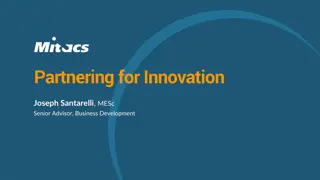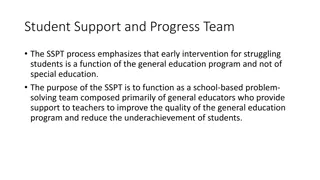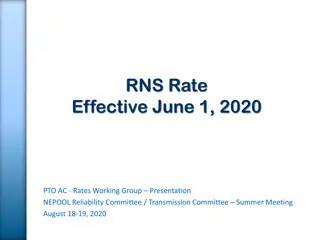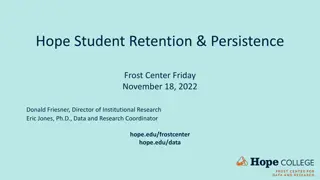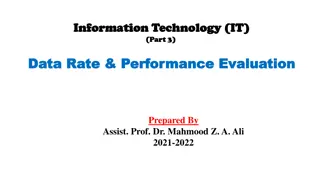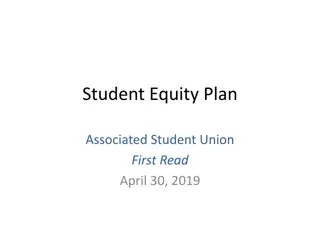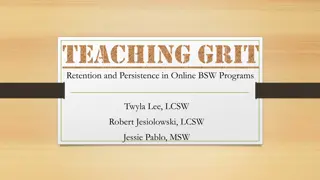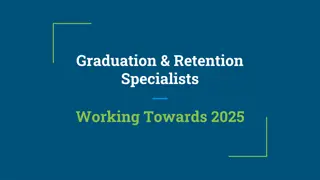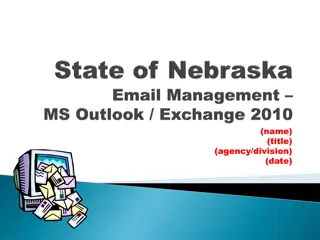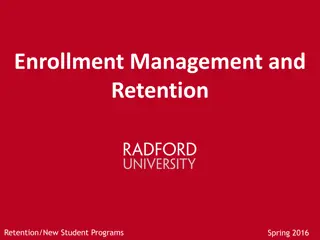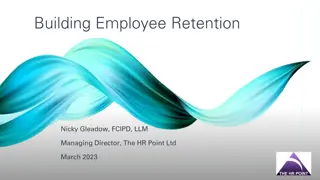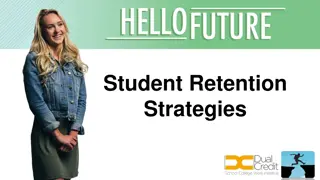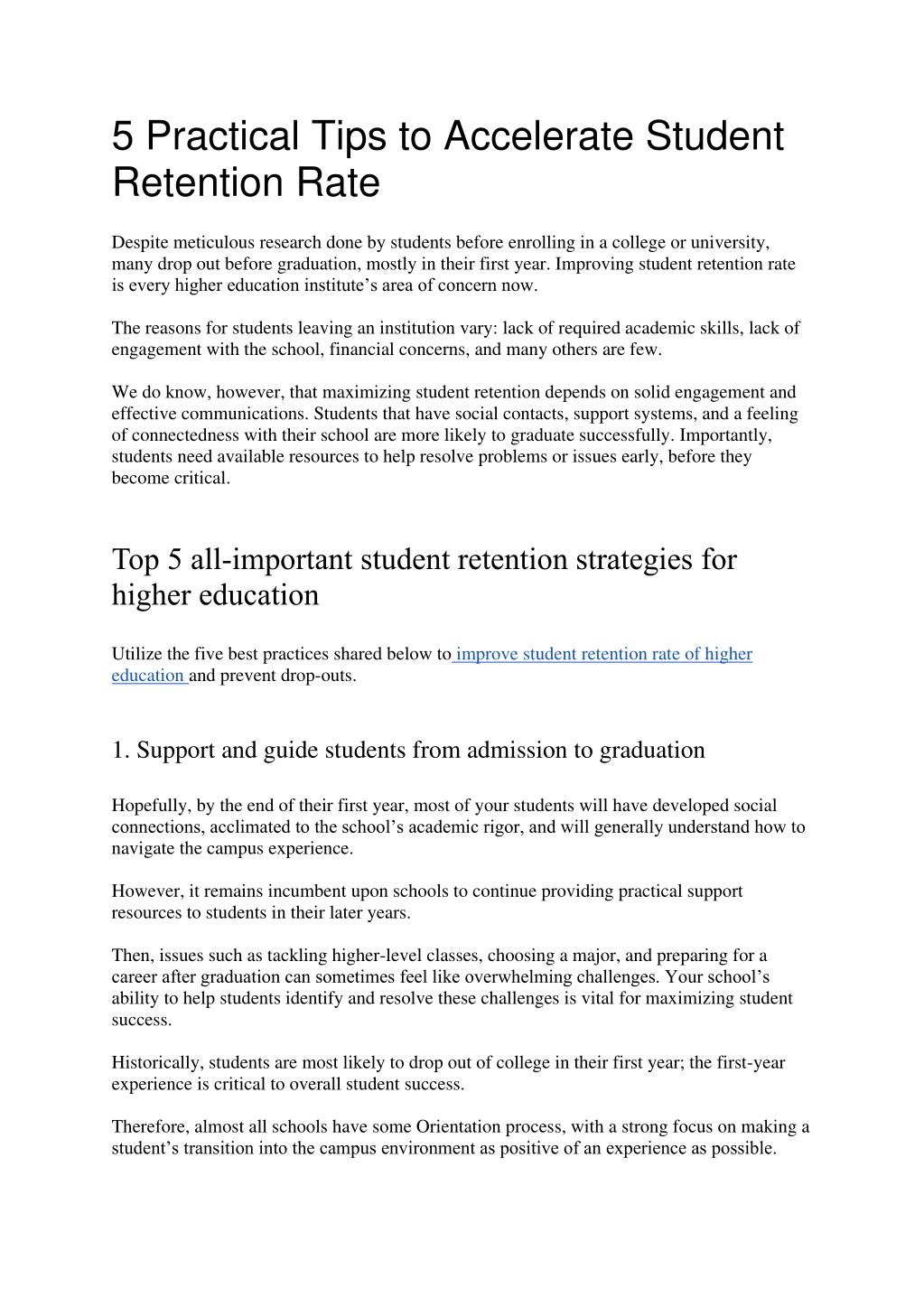
Five Practical Tips to Accelerate Student Retention Rate
Discover actionable strategies to improve student retention and foster a thriving educational community with our latest blog post. Explore five practical tips that institutions can implement to boost student engagement, satisfaction, and ultimately,
Download Presentation

Please find below an Image/Link to download the presentation.
The content on the website is provided AS IS for your information and personal use only. It may not be sold, licensed, or shared on other websites without obtaining consent from the author. Download presentation by click this link. If you encounter any issues during the download, it is possible that the publisher has removed the file from their server.
E N D
Presentation Transcript
5 Practical Tips to Accelerate Student Retention Rate Despite meticulous research done by students before enrolling in a college or university, many drop out before graduation, mostly in their first year. Improving student retention rate is every higher education institute s area of concern now. The reasons for students leaving an institution vary: lack of required academic skills, lack of engagement with the school, financial concerns, and many others are few. We do know, however, that maximizing student retention depends on solid engagement and effective communications. Students that have social contacts, support systems, and a feeling of connectedness with their school are more likely to graduate successfully. Importantly, students need available resources to help resolve problems or issues early, before they become critical. Top 5 all-important student retention strategies for higher education Utilize the five best practices shared below to improve student retention rate of higher education and prevent drop-outs. 1. Support and guide students from admission to graduation Hopefully, by the end of their first year, most of your students will have developed social connections, acclimated to the school s academic rigor, and will generally understand how to navigate the campus experience. However, it remains incumbent upon schools to continue providing practical support resources to students in their later years. Then, issues such as tackling higher-level classes, choosing a major, and preparing for a career after graduation can sometimes feel like overwhelming challenges. Your school s ability to help students identify and resolve these challenges is vital for maximizing student success. Historically, students are most likely to drop out of college in their first year; the first-year experience is critical to overall student success. Therefore, almost all schools have some Orientation process, with a strong focus on making a student s transition into the campus environment as positive of an experience as possible.
2. Go innovative and address the diverse support needs of students. Your students might need help and support on diverse issues such as academics, financial support, career guidance, and personal/emotional challenges. Ideally, your school will have various resources to address the different kinds of student issues and needs that arise. In some cases, support groups among students can be an excellent way to resolve their problems while also learning skills that will help them address issues that arise in the future. 3. Leverage digital options to build communities and engagement. Building strong social and academic relationships with peers can often make a difference in a student s success at your school. One option for facilitating peer connections among students is the use of online communities. Most students already use social media sites extensively, and you can leverage them to facilitate student interaction and communications. In addition, student mobile apps have also emerged as a technology that can improve student retention amazingly. School mobile apps have the additional benefit of being more contained than social media sites since only those who have access to the school s app can participate in app-based groups. While most groups might be based on clubs, activities, or teams, students can also form groups related to majors or even individual courses effectively creating online study groups and peer support resources. 4. Identify at-risk students early. It is critical to identify struggling students while there is still time to intervene and get them back on track. Many schools have found that identifying and monitoring consistent data sources for areas such as attendance, mid-semester academic performance, and utilization of the school s LMS can help identify students who are at risk. Faculty members who interact with students daily can also provide important insights into early signs of trouble. By developing a systematic approach to the early identification of at- risk students, schools can substantially improve their students retention rate and academic success. 5. Leverage technology to improve the student experience.
The good news for schools today is that there are a growing number of technology resources available to improve student success , and retention and they are becoming more and more affordable. Approaches such as Success CRM s, automated early alert systems, student mobile apps, and predictive modeling have proven effective within Higher Ed. A measured approach to utilizing technology can pay big dividends. Smart schools leveraging advanced technologies and applications are performing better compared to their competitors. Be there before your competitor does. Do you want to improve student engagement and experience? Learn more



